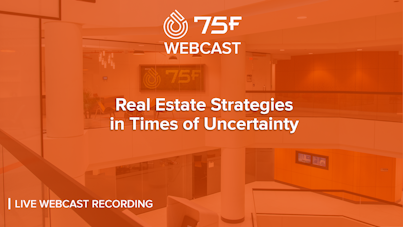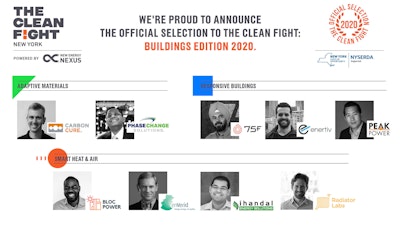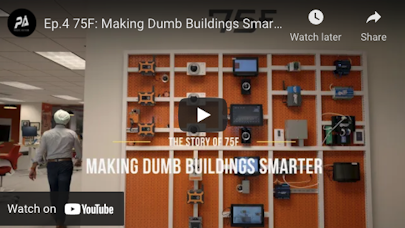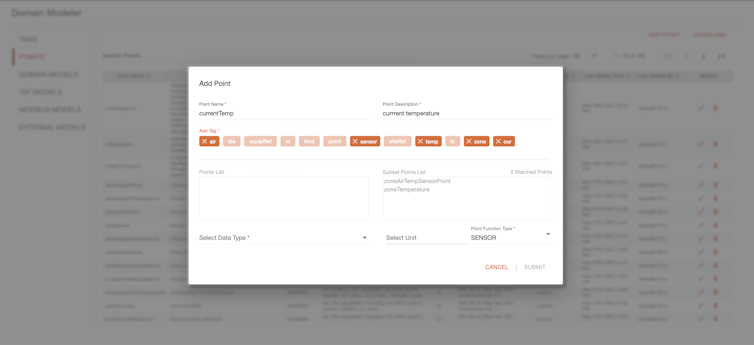
75F Announces Project Haystack Tool in Connections Magazine
75F is eager to introduce an upcoming Project Haystack-based portal called the Haystack Domain Modeler, a tool and repository that will allow any member to contribute and reuse peer-reviewed, plug-and-play digital twin models of equipment for custom applications.
Think Github for Project Haystack with a spreadsheet interface. By creating an open-source tool for applying inheritance of Project Haystack definitions to specific device and equipment models, the Haystack Domain Modeler will allow anyone to create, apply, and share equip definitions across platforms. This new capability will revolutionize the integration experience for building professionals across the buildings industry, enabling faster and more affordable data standardization for varying equipment types and collaboration between companies.
75F will host and maintain the Haystack Domain Modeler as a free tool. It is slated to be publicly available to anyone within the industry after the Haystack Connect eventin September. Ahead of public availability, this article will describe the tool and how it ultimately enables a wider audience to take advantage of Project Haystack.
The following article was published in the summer edition of Project Haystack's Connections Magazine.
Project Haystack and its Foundation Have Never Been More Important
In smart buildings across the world, building systems are producing gigabytes of data every minute. This massive amount of data comes from various sources — HVAC equipment, energy management systems, lighting, metering, location analytics, water leak detection, and much more — pushing data engineering needs to the next level. In these times of data hubs, lakes, and oceans, data exchange and comprehensibility becomes a core need for all IoT OEM businesses to expand and collaborate.
Building spaces have vast, disparate systems that need experts who both understand equipment from various OEMs in this space and comprehend the siloed modeling of data across each of these systems. This can hamper exchange and comprehensibility needed for collaborative projects. Even metadata publishing is not sufficient for conversations across systems. This necessitates human intervention-based manual re-mapping of data prior to machine-to-machine communications across various systems.
This has been solved by various semantic integrations that can facilitate — or even automate — the communication between two data-producing systems. Project Haystack has eased many of the hassles that come with these data silos with its simple but very effective use of standardized tags and relationships across equipment in the building space.
Project Haystack is an elegant step forward in resolving data commonality for these semantic integration problems and has enabled foundational structures for collaboration. Although many data standards are available and applicable to Building Management System (BMS) spaces at different levels, Project Haystack stands out as the easiest to use and apply in this space.
Current Challenges with Custom Definitions and Collaboration
The use of a set of Haystack-defined models shows semantic interoperability challenges when they are created by different OEMs or system integrators (SIs). Among these challenges is the lack of consistency among Haystack users in defining equipment entities, thus preventing the automatic processing of information across these systems.
Tagging silos that exist within each Haystack system create multiple definitions of common equipment types, or several different combinations of terms used to refer to a single entity. Some of these may be misinterpreted depending on the knowledge, background and domain expertise of each expert analyzing the equipment and tagging it in their Haystack complaint systems.
Also, OEMs and SIs using Project Haystack have customization options for creating tags and points as per their design and use case. If the understanding and usage of common terms that translate into tags and points are different, the same tags and points can mean different things for different users. This makes it very difficult to maintain consistency across organizations. As a simple example, one OEM — or even teams within the same OEM — may define the temperature setpoint as User, Zone, Temperature, Setpoint, while another may define it as Desired, Zone, Temperature, Setpoint. Within their context, both are correct. However, this leads to difficulty in integration and automation across systems, as well as setting up a common M2M interface.
The Project Haystack community has collected some of the world’s best domain experts and data engineers with building data performance experience into its organization. Having a common forum that standardizes the most common domain equipment through appropriate tagging and modeling allows for easy data exchange with systems that can reference the same tags, points, and equipment templates.
The Domain Modeler Tool and a Collaborative Step Forward
To aid in solving some of the outlined problems, 75F is introducing the Haystack Domain Modeler, a Project Haystack-based data modeling tool for creating mapped logical, physical, or conceptual data models of various equipment in the smart BMS space. It is meant to be the comprehensive repository for Project Haystack equips and a modeling tool for creating models specific for each physical equipment type needed.
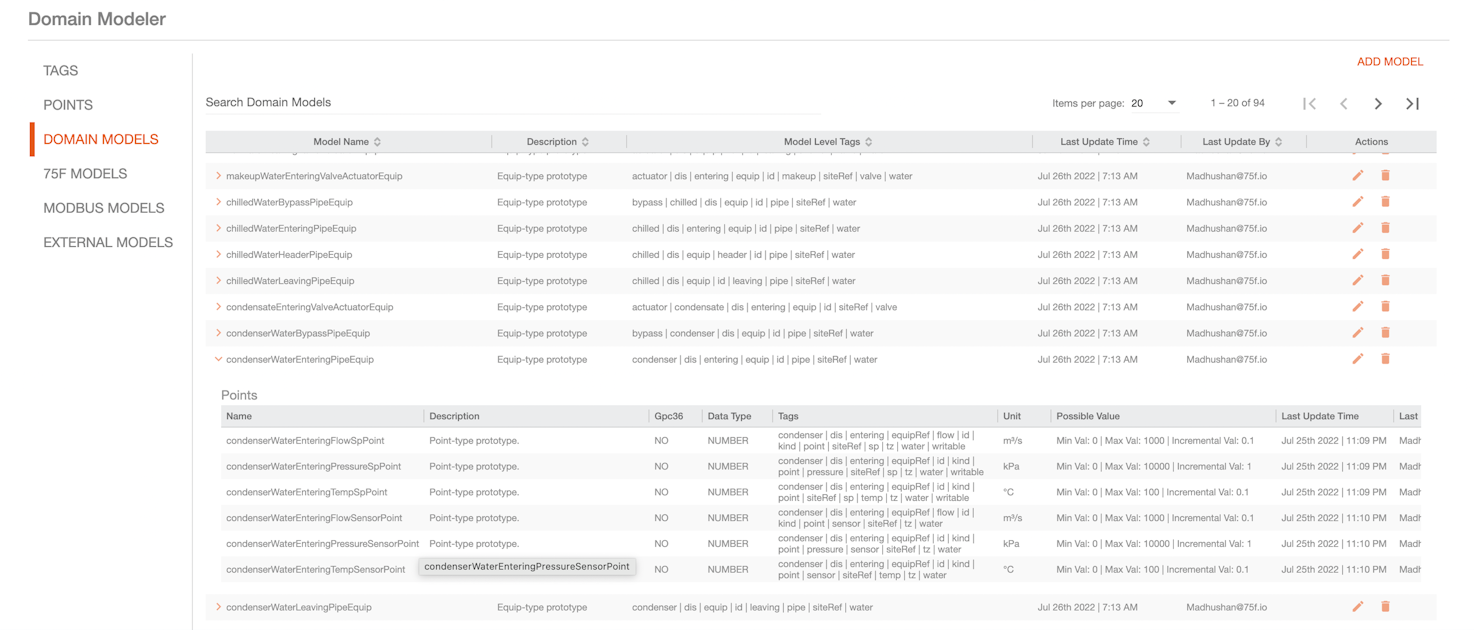
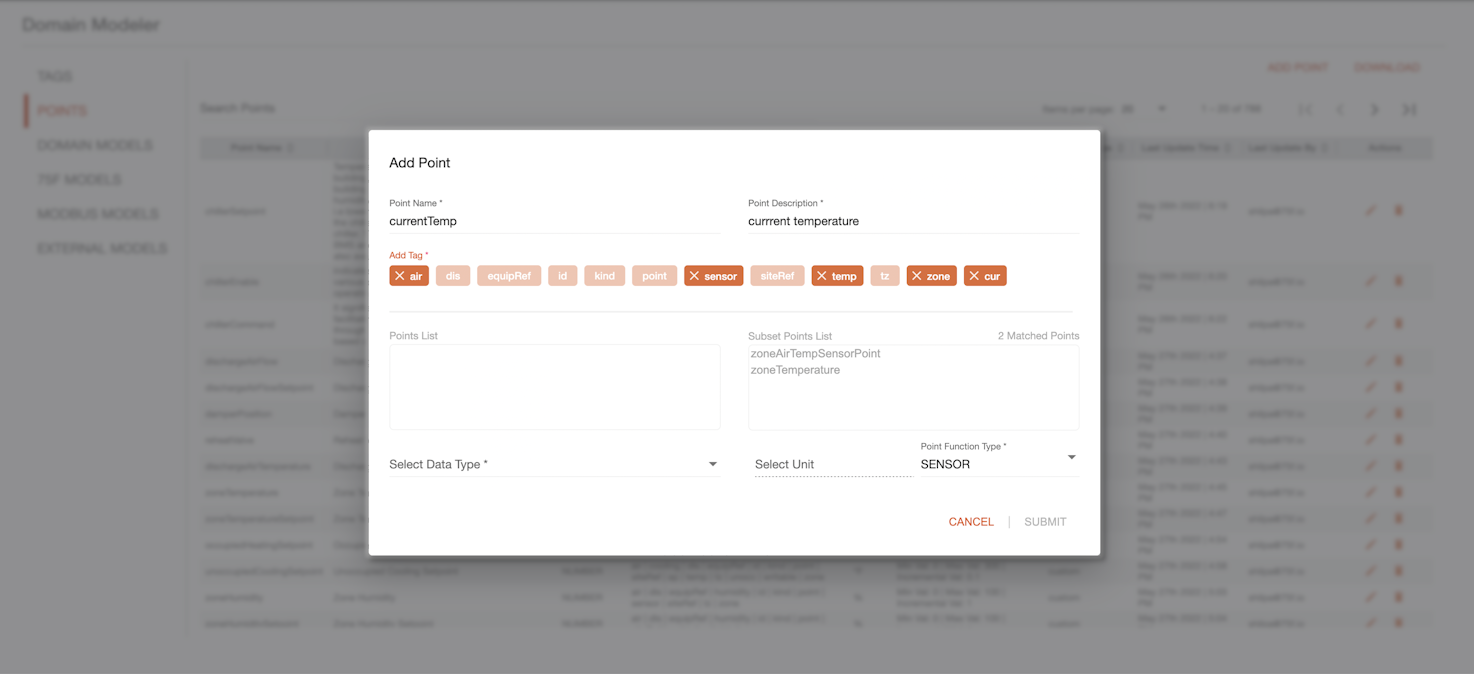
Based on tags, point library, and the standardized domain models established in the tool, the models working as templates will help standardize all tagging across equipment added into the tool. It will normalize the nomenclature used across various equipment, be it in a Modbus, BACnet, or custom OEM-supported format.
The Haystack Domain Modeler community tool publishes models to standardize consensus-based equipment models to support data interoperability in a wide range of equipment manufactured by various OEMs. With various permissioned users in the system, a Project Haystack Review Committee will approve the tags and models that continuously come into the tool. These reviewers will continue the process for all tags, points, and models being added into the tool to ensure the integrity of the data contributed by various creators. And, with changelog auditing, any user can trace back all changes happening in the tool continuously.
While the Haystack Domain Modeler will become available for public use in September, 75F and Siemens company J2 Innovations are using the tool in their partnershipto increase central plant efficiency.
In the companies’ partnership together, 75F will leverage FIN and J2 Innovations’ F200 Edge Controller to manage custom plant applications. 75F will then feed that data back into its cloud for a single-pane-of-glass management and analytics experience for the entire building.
The Haystack Domain Modeler tool will allow 75F and J2 Innovations to standardize these custom applications, which will ultimately become the default models within FIN for fast and seamless future integrations with 75F and digital twins. The benefits are not limited to 75F and J2 Innovations — once a model has been defined, anyone in the industry can reuse it.
Conclusion
Project Haystack is a crucial foundation for making sense of buildings’ overwhelming capability to generate data. The Haystack Domain Modeler aims to further this mission by:
Presenting an opportunity to create peer-reviewed, plug-and-play digital twin models of equipment for custom applications, to be reused by anyone else in the industry.
Creating a collaborative community that offers visibility into how other organizations are using Project Haystack.
Ultimately enabling more efficient and affordable collaboration between IoT systems.
Finally, 75F asks for Project Haystack community members’ help to make the Haystack Domain Modeler truly comprehensive. While our engineering teams have focused on HVAC equipment and applications, within this community is expertise in a wide range of building equipment and technologies. We invite you to contribute to this tool and help build a new context for modern buildings.
To help speed up adoption of Haystack, 75F and J2 are offering a free equipment modelling service to members. If members are not comfortable creating their own models, they can submit specific equipment details to a dedicated team that will create a model for the community.




